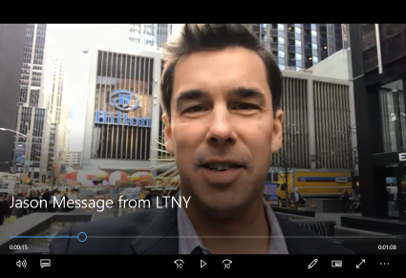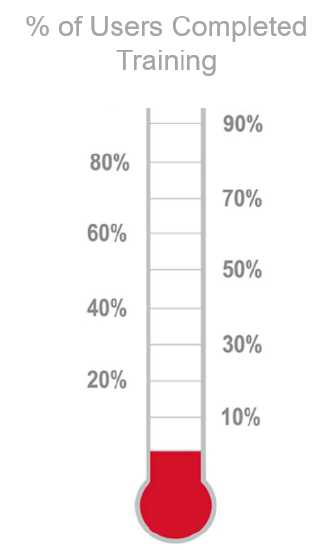Change Management Tips and Tricks
Planning for Change Management
Successful adoption of new technology requires early buy in and from the stakeholders using and supporting the tool. Don’t spring change on your teams; create a communication plan to ease them into the change.
Communication plans:
- Ensure predictability in messaging cadence and vehicles across stakeholder groups
- Hold “messengers” accountable to send communications throughout the project
- Create repetition, critical to the message being heard and understood
Determining Required Messaging
The type and style of messages can vary by audience. Follow these steps to develop your plan.
- Identify stakeholders - Who is affected and/or benefits from the new process
- Outline benefits for each group - Different stakeholder groups will benefit in different ways. Think about how each group would see positive outcomes from the change and highlight those positive changes in your communications.
- Set expectations for adherence to the change and timing of the change - Change takes time. Communicate changes and expectations early so that stakeholders have time to adjust and ask questions.
Communication Matrix with Examples
A matrix is a great tool for outlining and owning the communication plan. An example matrix is below.
|
Target |
Vehicle |
Description Purpose |
Frequency |
Owner |
|
Steering Committee |
In person meeting/ PPT |
Update team on project status, escalate and mitigate risks, refine scope and direction of project |
Weekly |
Taylor and Sam |
|
End Users |
Video Blogs and Email |
Update all end users on progress and when they can expect to be involved (training, launch, switch to new process, etc.) |
Monthly |
Kim |
|
Process Admins |
Live Training |
Equip workflow owners to answer questions from end users, manage the in progress workflows, and make changes to the process if needed |
One-Time |
John |
Tips and Tricks
Communicate Early and Often
Give your users time to adjust and remind them frequently that change is coming.
Define Clear Owners
Change management can be the hardest part of a new project. Define clear owners and deadlines of change management tasks so they do not slip though the cracks.
Build Excitement!
Reiterate why this change is good for users and how it impacts them positively. Use influential figures within your organization to talk about the change or have a launch party for the workflow!
Utilize Change Champions
Include key people in your organization to act as change champions. Change champions are often tech savvy users supportive of the change and they often times participate in testing and UAT. Having these key users participate early on not only leads to great feedback on your workflow, but these users will act as a advocate for the change within your org when it launches.
Be Creative in Messaging
Utilize multi-channel messaging to repeat your message without being repetitive. The more creative your messages are the more likely they will be read.
|
Video Blogs
|
Progress Widgets
|
Develop Clear KPIs
Define measurements of success and share those with your stakeholders (i.e. the time to complete the process should decrease by 50%). Having a clear goal will help you promote change and reach success.
Celebrate Success!
Change management is not over once the change has been launched and the workflow is live. Continue to grow adoption by sharing the metrics and KPIs and celebrating them within your organization.




